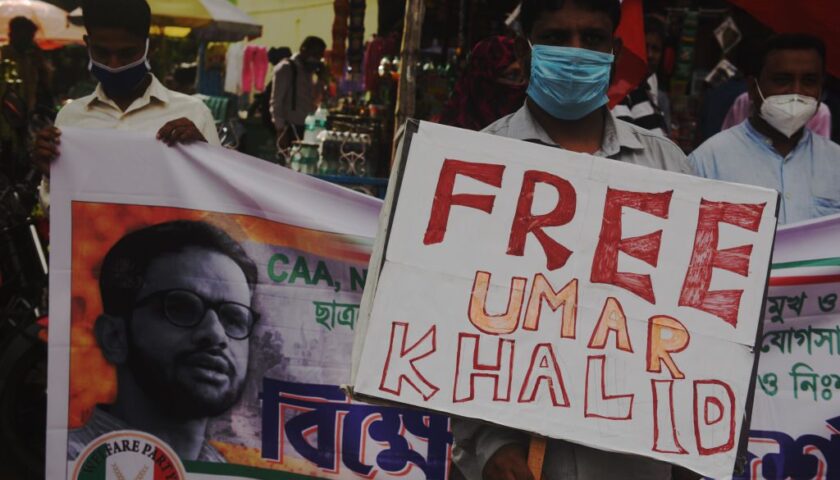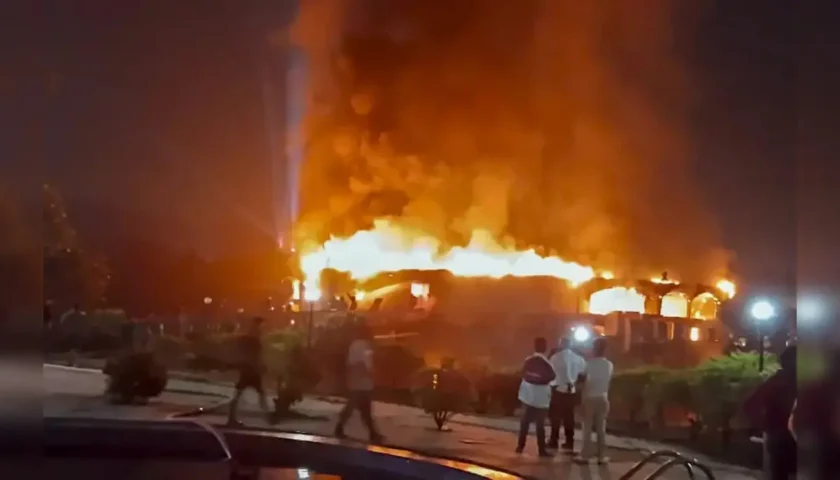Drones Over Punjab – What It Means for India’s Security Preparedness
Increased security concerns along the India-Pakistan border have led to heightened surveillance and precautionary measures, following reports of drone activity in several key locations in Punjab and Jammu & Kashmir. As authorities respond, citizens remain on edge, anticipating the implications of these sightings for national security and regional stability.
This article examines the recent drone sightings, military responses, precautionary measures taken by local administrations, and broader geopolitical concerns affecting India-Pakistan relations.
The Growing Threat of Drones in Border Surveillance
Drones have become a modern challenge in border conflicts, often used for surveillance, smuggling, or potential security breaches.
Recent sightings in Samba (Jammu & Kashmir), Jalandhar, and Kapurthala (Punjab) suggest increased aerial activity, raising concerns about potential cross-border incursions or intelligence gathering.
Security Implications of Drone Sightings:
- Surveillance Risk: Drones can be used to monitor military movements, posing security concerns.
- Unauthorized Entry: Foreign drones could signify attempts at infiltration or smuggling.
- Potential Escalation: Increased drone activity may worsen India-Pakistan border tensions.
Military authorities responded swiftly, engaging the drones, with at least one reportedly neutralized by air defense systems near Kapurthala.
Officials have reassured citizens, stating there is no immediate threat, but surveillance remains heightened.
Blackouts & Public Response – Safety Measures in Punjab
As a precautionary measure, local administrations in Punjab’s border districts—Amritsar, Hoshiarpur, and parts of Jalandhar—issued blackout orders to prevent any potential security breaches.
Key Public Advisories:
- Residents advised to stay indoors & avoid windows in blackout zones.
- Power switched off in key areas to minimize visibility for unauthorized drones.
- Emergency alerts issued, urging people to remain calm.
Authorities enforced these measures in response to suspected drone activity and air-raid sirens sounded in Amritsar as an additional security step.
Despite initial concerns, life in border towns returned to normal within a day, though heightened security remains in place.
India-Pakistan Tensions & Ceasefire Developments
These incidents occurred shortly after Prime Minister Narendra Modi’s address on Operation Sindoor, further fueling discussions around India-Pakistan relations and border security strategies.
Key Diplomatic Developments:
- India & Pakistan reached an understanding on May 10 to suspend cross-border military actions following several days of drone and missile activity.
- Talks emphasize de-escalation, but officials continue to maintain security readiness.
- Border surveillance, intelligence sharing, and diplomatic efforts remain crucial to preventing further tensions.
While peace talks offer hope, the drone incidents underline the continuing security challenges faced by border regions.
The Role of Advanced Security Measures in Border Protection
India has been strengthening its counter-drone capabilities, deploying advanced technology to detect and neutralize potential threats.
- Air Defense Upgrades: Improved radar and anti-drone systems for rapid response.
- Border Surveillance Tech: AI-powered monitoring for better threat detection.
- Public Coordination: Digital alerts and local advisories to enhance civilian preparedness.
As drone warfare evolves, experts stress the need for continued innovation, intelligence cooperation, and community awareness to safeguard national security.
Final Thoughts – The Future of Border Security
The India-Pakistan border remains a hotspot for security concerns, and recent drone sightings reinforce the need for vigilance, strategic defense, and diplomatic efforts to prevent unnecessary escalations.
While tensions may ease in the coming days, long-term solutions demand a balance between strong security frameworks, regional cooperation, and public engagement.
With advancing technology, heightened surveillance, and diplomatic talks, India remains prepared to counter evolving security threats while striving for stability in border regions.




